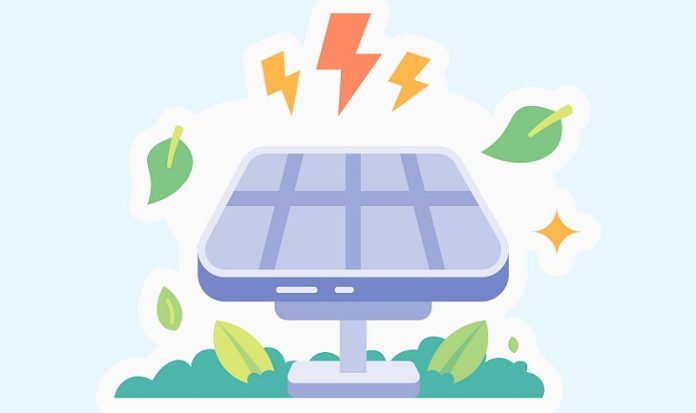
A team of scientists from Queensland University of Technology (QUT) has found a cleaner and more effective way to make solar panels using water instead of harmful chemicals.
By adding a special fluoride ingredient, they were able to boost the performance of solar cells made with a material called perovskite—one of the most promising options for next-generation solar energy.
Perovskite solar cells (PSCs) have been getting a lot of attention in recent years because they are cheaper to make and can convert sunlight into electricity very efficiently.
However, one major problem has slowed down their use in real-world products: the manufacturing process usually requires toxic solvents that are bad for the environment and human health.
To fix this, researchers have been trying to switch to water-based processing. Water is a much safer and eco-friendly alternative, but solar cells made with water haven’t performed as well—until now.
In this new study, QUT researchers found a way to improve water-based processing by adding lead(II) fluoride, or PbF₂, to the solution used to create the solar cell material.
This additive helped the perovskite crystals form more quickly and in a more organized way, which is very important for turning sunlight into electricity efficiently.
The fluoride also played another important role. Its high electronegativity allowed it to “passivate” tiny defects on the surface of the perovskite crystals.
These defects usually cause energy to be lost during the conversion process, so reducing them helps improve the overall performance of the solar cell.
The results were impressive. With the fluoride additive, the solar cells reached an efficiency of 18.1%—a big improvement over the 16.3% achieved without it.
Not only that, but the new method also made the solar cells more stable over time and better able to handle environmental conditions like heat and humidity.
Dr. Minh Tam Hoang, a postdoctoral researcher at QUT and one of the authors of the study, said this approach moves the technology a step closer to being used for large-scale, eco-friendly solar panel production.
“It’s exciting to see that we can get both high performance and better environmental safety,” he said.
This breakthrough shows how simple chemical changes can lead to big improvements in green energy technologies. By using water and a smart additive like fluoride, solar energy can become even more sustainable and ready for widespread use.
The study was published in Materials Futures.



